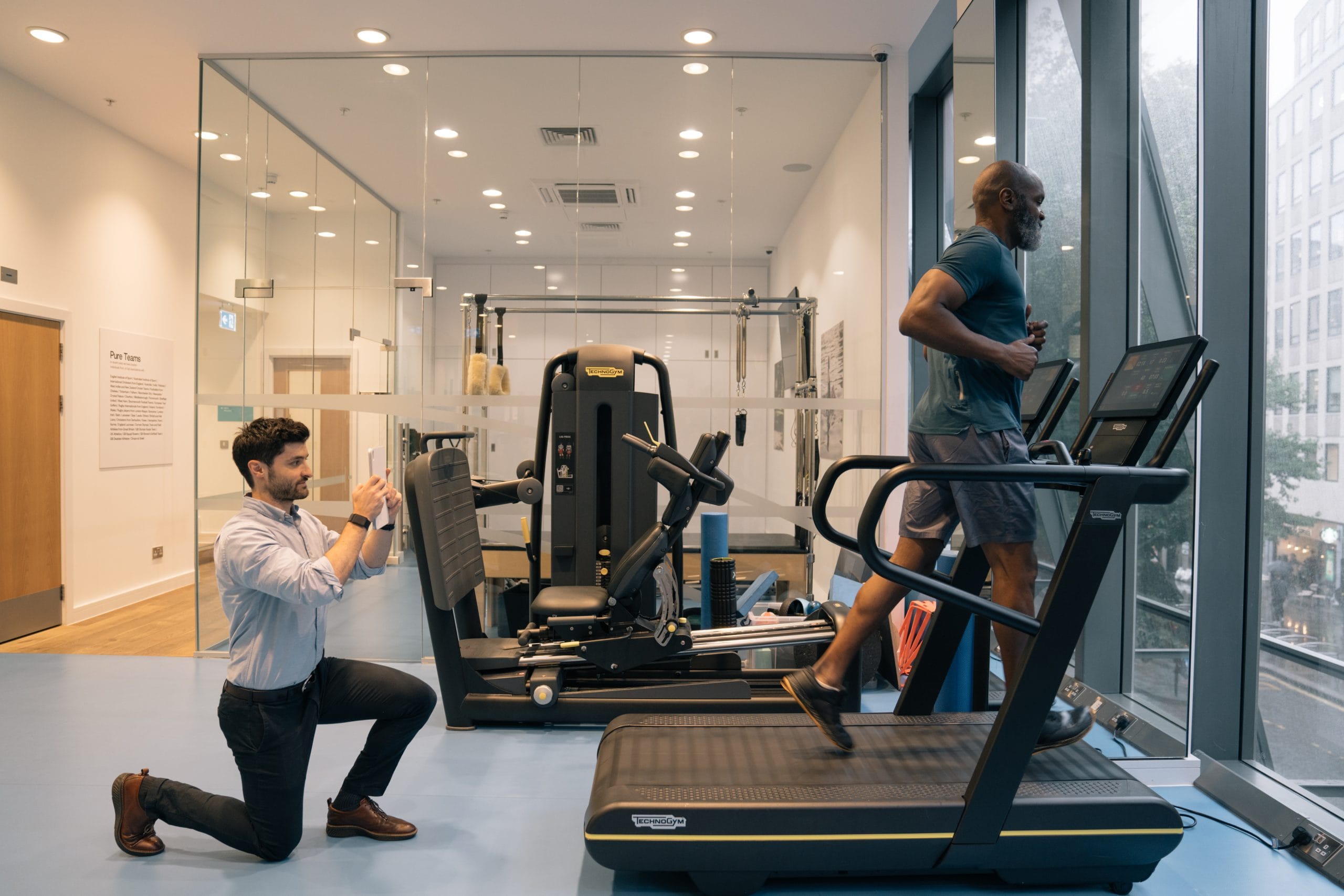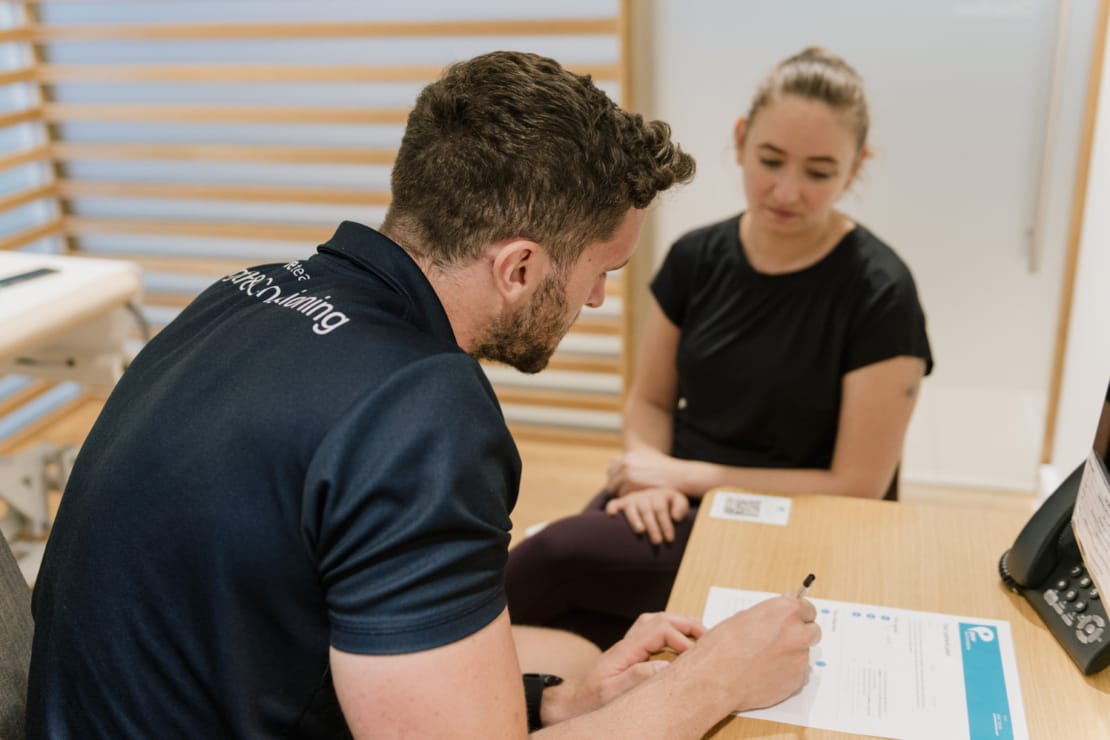What Happens To My Body When I Take a Break From Training?

Claire Small
Chief Clinical Officer & Consultant Physiotherapist
- 3 August, 2020
- Exercise
- 3 min read
What Happens To My Body When I Take a Break From Training?

We all experience peaks and troughs in our training programs. This can be down to a number of things; being unwell, experiencing pain or an injury, seasonal sports and training, holidays, the list goes on.
But what happens to our bodies during that time? Do we lose all the effects of our hard work just for having a week off?
The short answer is no, but the longer you have off, and the state of your current fitness and strength levels you have going in to the period of in-activity will have an impact on how your body reacts to a period of in-activity.
All is not lost of course! This isn’t your sign to not try because it’s too hard. We are firm believers that information and education is key, so having more information will allow you to make better and more informed decisions about your health journey at any given stage.
So let’s dive in to some research and evidence-based findings to help explain the effects of detraining.
What does previous research tell us about the effects of detraining?
The force production of strength-trained athletes has been shown to decline by only 7-12% during inactivity periods ranging from 8 to 12 weeks. This force decline appears to be related to a decreased electromyogram (EMG) activity in addition to reductions in fibre areas and muscle mass.
In strength trained and team athletes, the fast twitch: slow twitch ratio and fibre cross-sectional area have been shown to decline.
A study by Kubo et al 2010 also looked into the effects of detraining on both muscle and tendon morphological & mechanical structures.
14 participants with limited strength training history took part in 3 months of isometric knee extension strength training x4 times a week followed by 3 months of rest.
The main findings of this study were that the adaptations of tendon properties and muscle CSA to the resistance training are slower than those of muscle strength and neural activation. The also found inversely that the adaptations of the former to detraining are faster than those of the latter.
Simply, muscle adaptations happen faster than tendon in novice athletes. Notably, there is an imbalance between the muscle functions and tendon property adaptations after 1-2 months from the start of training. This will be important when considering how to return to loaded resistance training.
Muscle Memory
Staron et al. (1991) reported that a 6 week “retraining” period following 30-32 weeks of detraining in previously trained women elicited a rapid return to the trained state (this phenomenon has been termed “muscle memory”).
Whenever we strength train, our bodies add little things called myonuclei. These myonuclei are where the term “muscle memory” comes from and are like putting money in the bank, they are still there after periods of detraining. This is a big plus if you have been resistance training for long periods as you will have built up more myonuclei.
To conclude, if you have done some strength training exercises during the in-active period, then your loss of strength will be mitigated.
For trained individuals, you will have stored myonuclei which will help the return of force characteristics during retraining.
Well trained individuals will have the ability to return to pre-trained levels in a shorter period of time when compared to the in-active period, or period of detraining.
Finally, in individuals with low training age, muscle adaptations go as quickly as they come. So when beginning to retrain, remember to gradually increase the frequency, weights and intensity of your training.
For more information, read Training, It’s all About Density.

Advice
Over the last 20+ years our experts have helped more than 100,000 patients, but we don’t stop there. We also like to share our knowledge and insight to help people lead healthier lives, and here you will find our extensive library of advice on a variety of topics to help you do the same.
OUR ADVICE HUBS See all Advice Hubs

